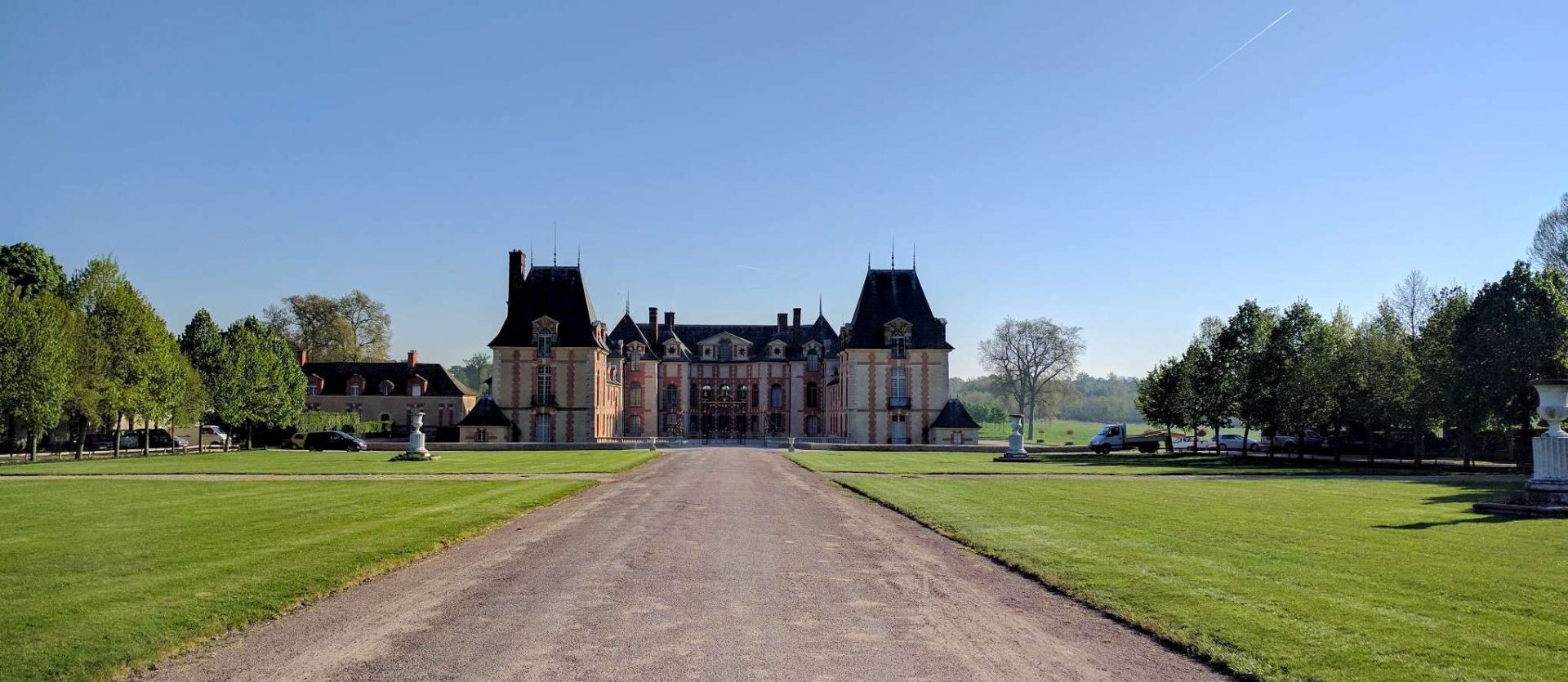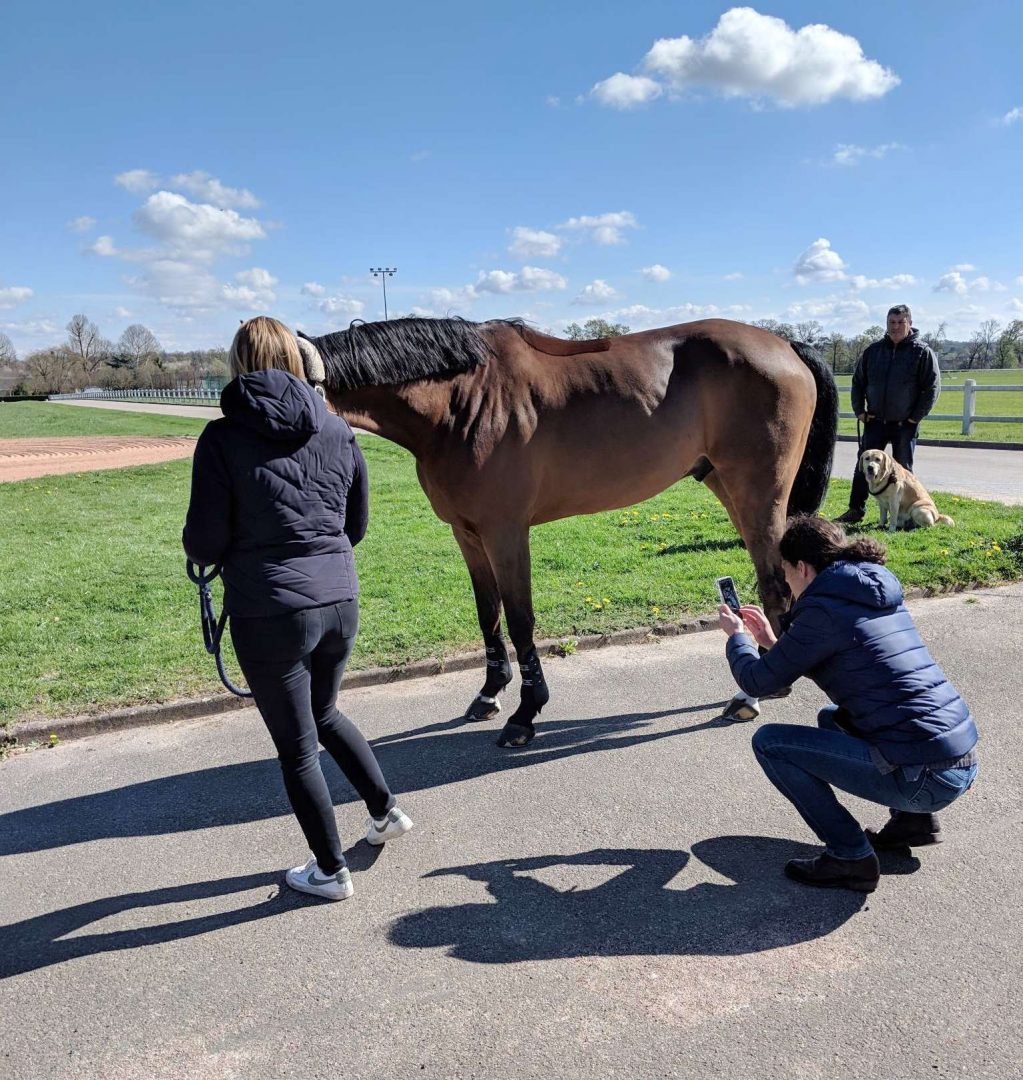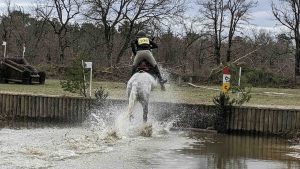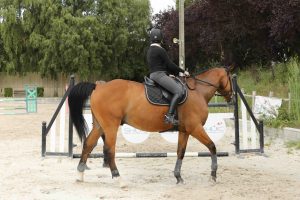Nestled in the Paris region, the Grosbois estate is a major training center for trotting horses.
An impressive complex of over 410 hectares with the culmination of the Grosbois equine clinic. Immersion in the veterinary clinic of the largest training center for trotters in Europe with Dr Aude-Gaëlle Heitzmann at the helm.
Welcome aboard !

Associate veterinarian of the clinic, the Dr Heitzmann is responsible for the locomotor pathologies pole.
She is also one of the French equine veterinarians certified ISELP (International Society of Equine Locomotor Pathology) with a specialization in locomotor pathology (DESV).
Detective work in several stages
Static observations
Arrived at the clinic, the horses follow one another in the entrance hall. Each is affiliated with a referent veterinarian for his consultation. From establishing a diagnosis for horses in pain to a simple control check-up for the horses monitored (monitoring of the sporting horse), the process is clearly formalized.
The practitioner begins with a careful observation of the horse in static. Palpations, board tests, range of motion tests… The whole body and the animal’s reactions are encoded by the veterinarian. Information carefully kept for the next steps of the consultation.
In addition to this decryption at an instant T, the rider / owner accompanying the horse also reveals important information: How is the horse doing at the moment? In his job ? His results ?
Regarding his feet, any particular remarks? In your feelings or on behalf of the farrier?
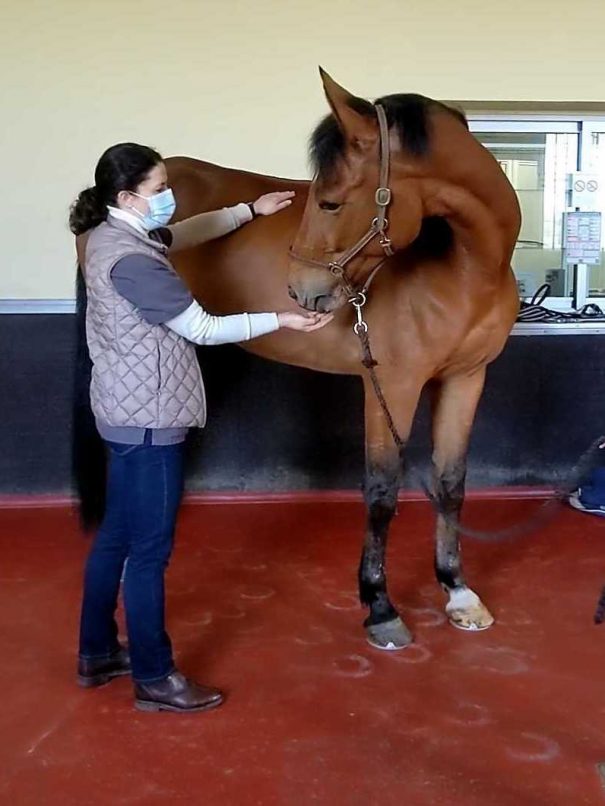
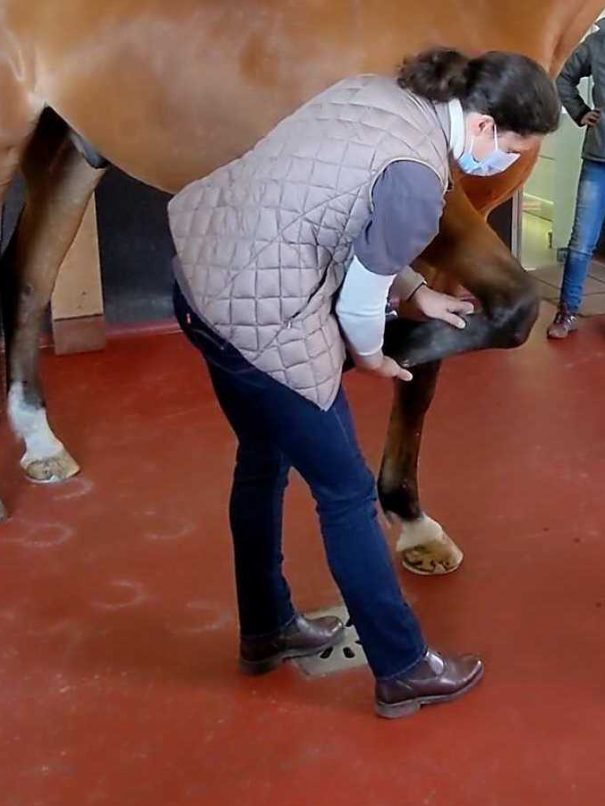
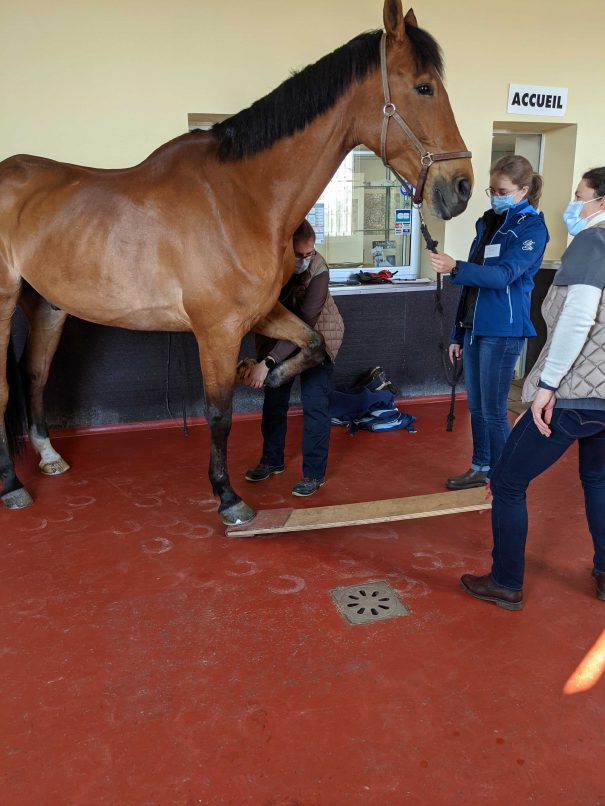
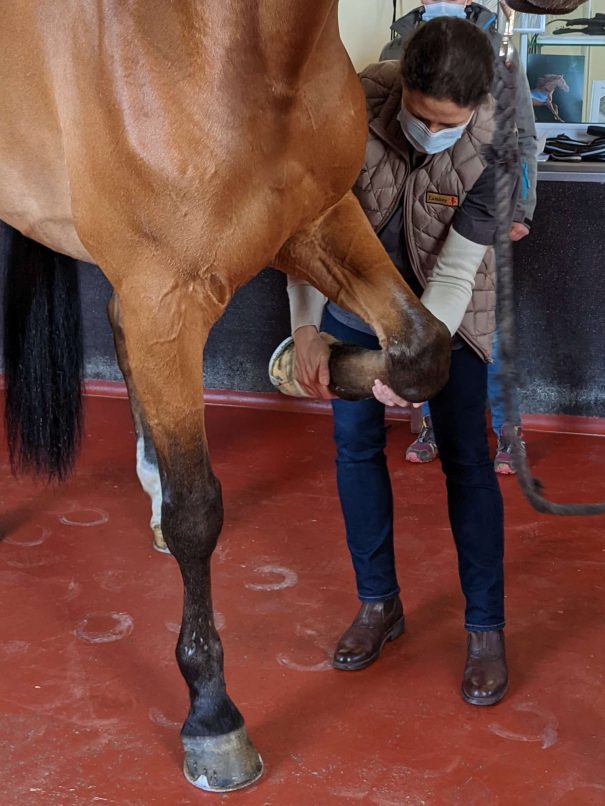
Dynamic observations

It is during this visual examination – which can be delicate on so-called subtle lameness – that we call on the experience of the professional to train our algorithms for the connected boots Tendiboots.
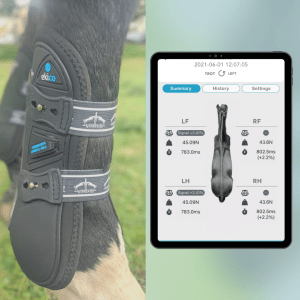
Further research

Technologies & follow-up, what are the prospects?
With her smartphone, Dr Heitzmann films every horse she has in consultation. A documentation that has become almost systematic to follow the evolution of a horse over time, to be able to compare or even keep an objective track.
The specialist in locomotion sees the new perspectives offered by technologies such as the possibility of setting up new means of communication between owners and practitioners via the integration of a platform within the clinic. Or also to gain assistance from equipment suppliers.
A close eye on the latest innovations and techniques in equine, the Grosbois Clinic is already preparing for the perspectives offered by new technologies and digital.


